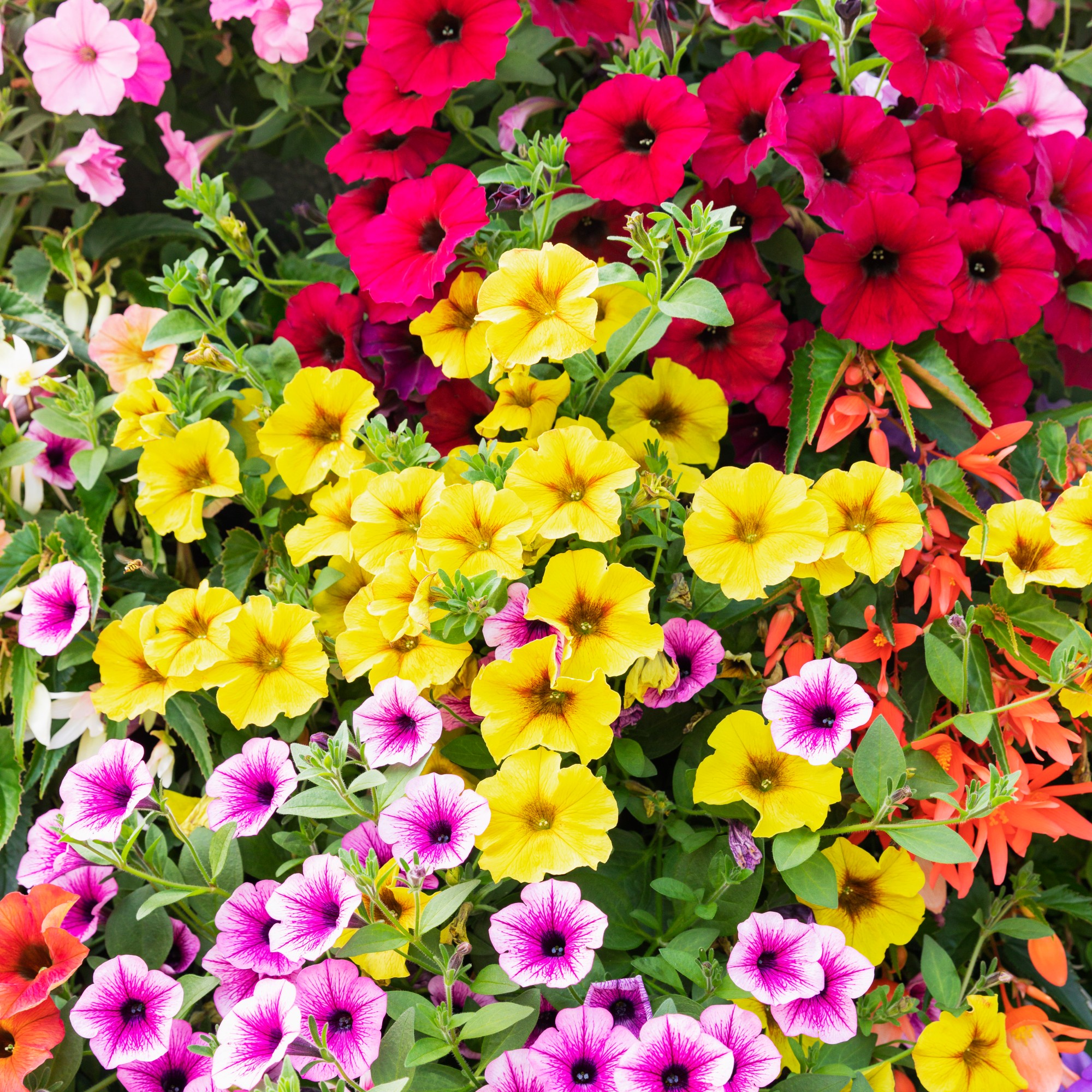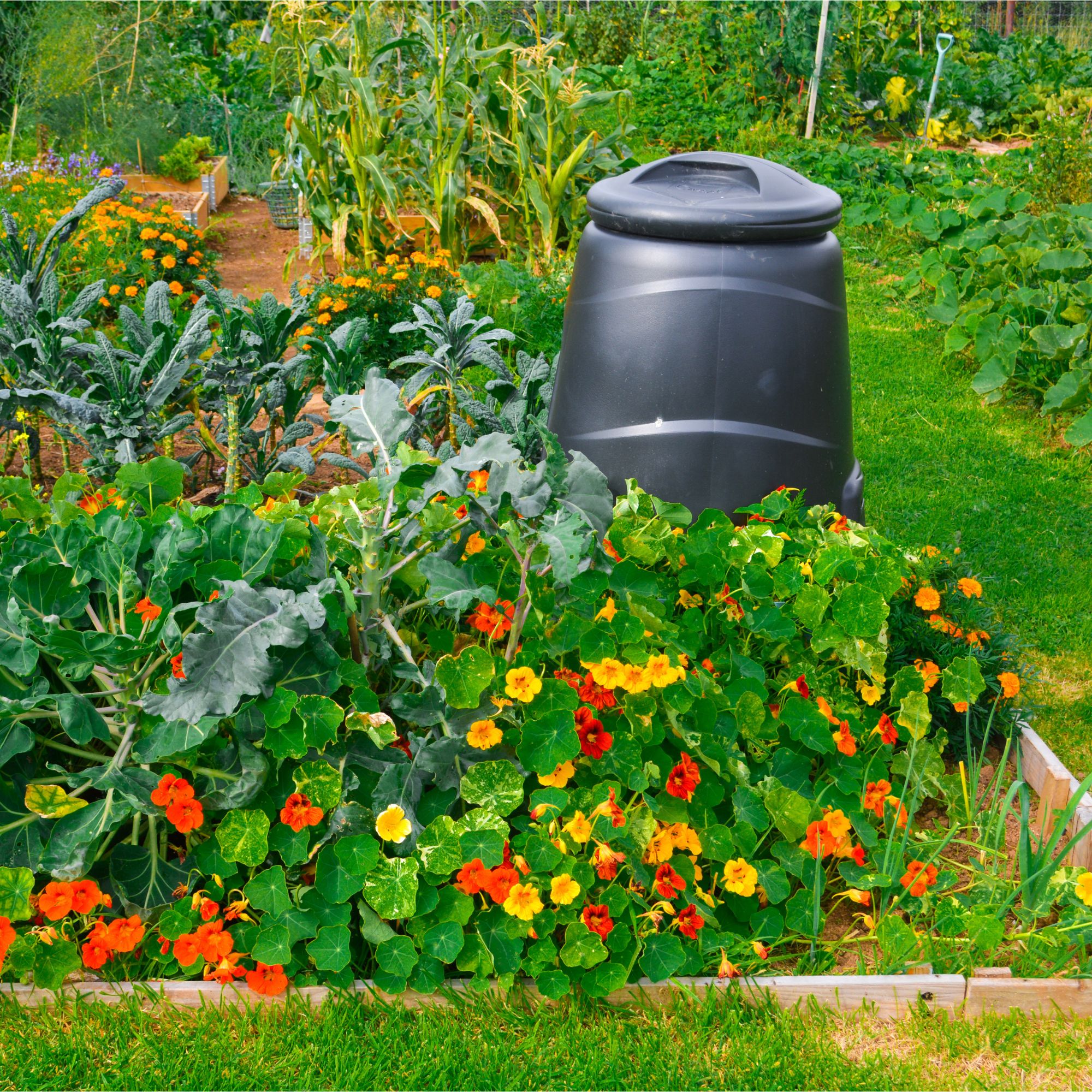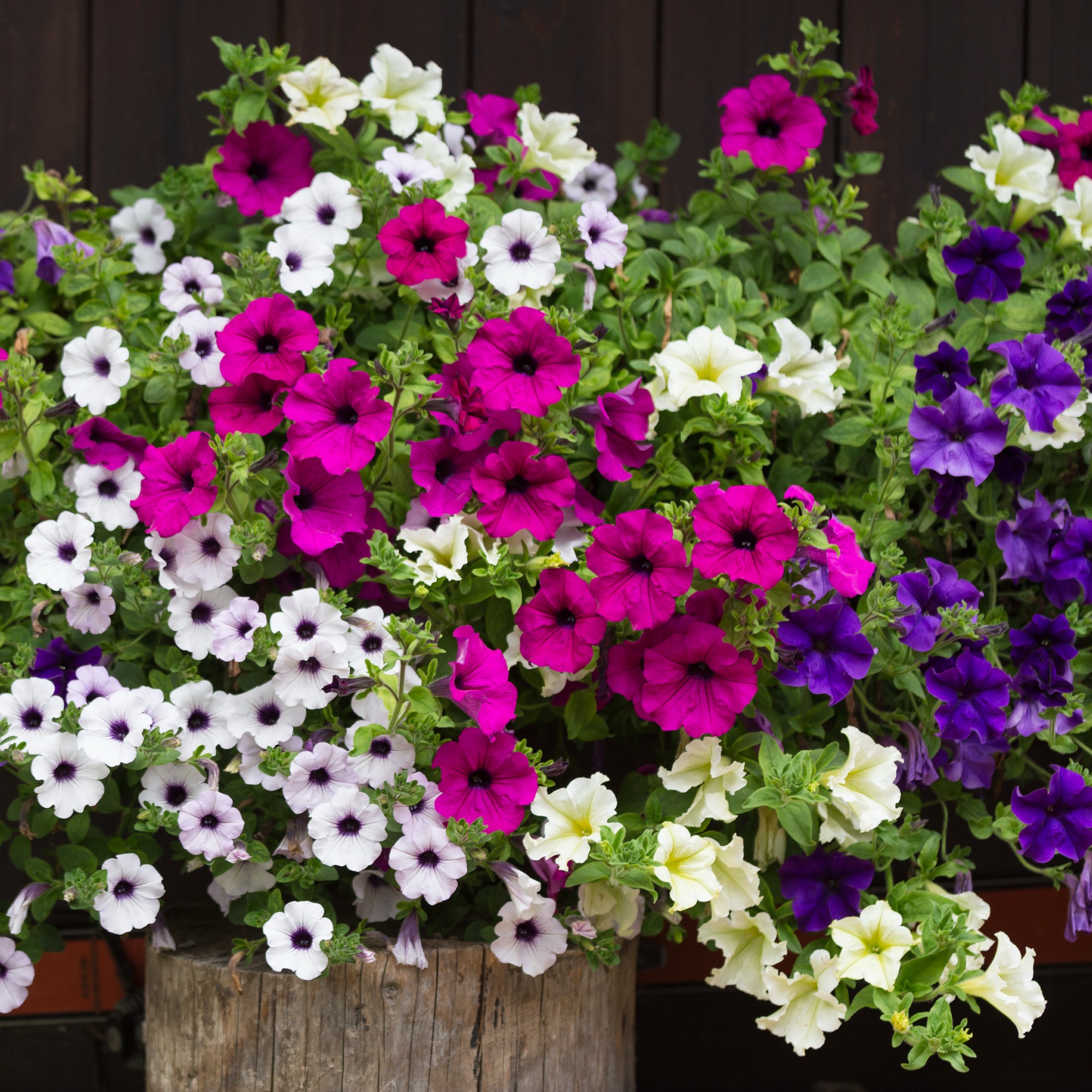
If you want to add some colour to your garden, you can’t go wrong with petunias. These beautiful blooms will brighten your outdoor space throughout the summer and are versatile enough to fill out your garden borders and hanging baskets. But if you want to encourage a second flush, it’s well worth knowing how to deadhead petunias.
Yes, while deadheading most plants is common practice (except the plants you should never deadhead, of course), petunias are special. They’re one of the few plants you should deadhead for a second bloom, meaning you can pinch even more colour and vibrancy out of these plants.
As Morris Hankinson, Managing Director of Hopes Grove Nurseries, says, ‘It’s very easy to do and will stop them getting leggy while prolonging flowering for as long as possible throughout the summer.’ There’s a technique to deadheading petunias, though, so we’d advise following this step-by-step guide.
What you'll need
If you choose to deadhead your petunias with snippers, this set has got you covered. You can even choose whether you'd rather use the secateurs or the scissors.
This disinfectant is ready to use and ideal for cleaning your snippers before deadheading your petunias. Simply dab some on a cloth and wipe over the blades.
Why would you head out into the garden without a pair of good-quality gardening gloves in your back pocket? This pair is practical and colourful.
Step-by-step
1. Identify the spent flowers

The last thing we want is for you to make any deadheading mistakes. So, when deadheading petunias, you need to focus your attention on the individual flowers rather than the plant as a whole.
And when you take a closer look, you should be able to distinguish the spent flowers from the healthy ones.
Tony Williams, Estates Manager at Mount Ephraim Garden, explains, ‘Look for flowers that have faded, wilted, or started to dry out. These are the ones that need to be removed.’
2. Pinch or snip them off

When you’ve identified the spent flowers, you then have a choice to make. You could either pinch them off or snip them off.
Pinching is the easiest option and can be done right there and then, but Tony warns, ‘Make sure to remove not just the flower but also the small seed pod that forms below the petals. This encourages the plant to produce more flowers rather than seeds.’
If you choose to use snippers, however, you first need to make sure to clean your garden tools. Morris also advises, ‘Make sure the cut is just above a set of leaves, which will help the plants to get bushy and produce more flowers.’
3. Compost the old flowers

After deadheading any plant, it’s always a good idea to dispose of the spent flowers. This helps to prevent the spread of disease and make your garden look neat and tidy.
And while you could just pop them in your general waste bin, we’d always suggest composting your old flowers when you’ve finished deadheading. This way, you can use them in the future to feed your garden.
4. Continue throughout the summer

If you want to prolong the blooming period or encourage a second flush of blooms, it’s best to keep on top of deadheading your petunias throughout the summer months.
Tony says, ‘Inspect your petunias at least once a week, removing any spent flowers. This frequent checking will keep the plant focused on producing new blooms.’
Of course, if you can get out in the garden every other day and remove these spent blooms, this will result in an even bushier plant.
5. Prune if necessary

Many people choose to prune their plants while they’re deadheading, and this is something you can do with petunias, too. This isn’t a requirement but can be done if you feel the plant itself is getting too big. Thankfully, it shouldn’t affect flowering too much.
Petunias can also be pruned back mid-summer, which can help them to thrive for as long as possible,’ explains Morris. ‘Prune back the stems to just above a set of leaves. Don’t prune too low, or the plants may not be able to produce more flowers in time for the rest of the summer.’
So, prune your petunias after deadheading if you want. But you don’t have to if you don’t think it’s necessary.
FAQs
What happens if you don't deadhead petunias?
Your petunias won’t die if you don’t deadhead them, but it definitely works in your best interest if you do deadhead them. That’s because deadheading prevents the plant from growing seed heads, which will then result in bigger, bushier blooms.
As Tony from Mount Ephraim Gardens explains, ‘Regular deadheading will not only improve the appearance of your petunias but also encourage them to continue flowering throughout the growing season.’
Is tomato feed good for petunias?
Yes! Petunias will thrive when fed during the summer months, and they particularly love high-potash fertilisers such as tomato fertiliser. This fertiliser will keep your flowers blooming bright and ensure the vibrancy and growth of your petunias.
You should aim to do this at least once every two weeks (ideally once a week, though) during the summer.
When the weather starts to turn and the days turn colder, it’s best to switch to a nitrogen-based fertiliser in autumn for perennial petunias. This will give them a little boost before they stop flowering and take a much-needed break until next year.
How to keep hanging petunias looking good?
Petunias are ideal for hanging baskets, but as they prefer to be grown in full sun, they also require a lot of water. They dry out incredibly quickly, which means you may need to water them twice a day on hot days.
To ensure you get the best and biggest blooms in your hanging baskets, you should also ensure that you’re deadheading your petunias regularly. This will help the plant put all of its energy into new growth rather than wasting it on spent flowers.
Well, there you have it. That’s how you deadhead petunias! Now it’s time to get snipping…







